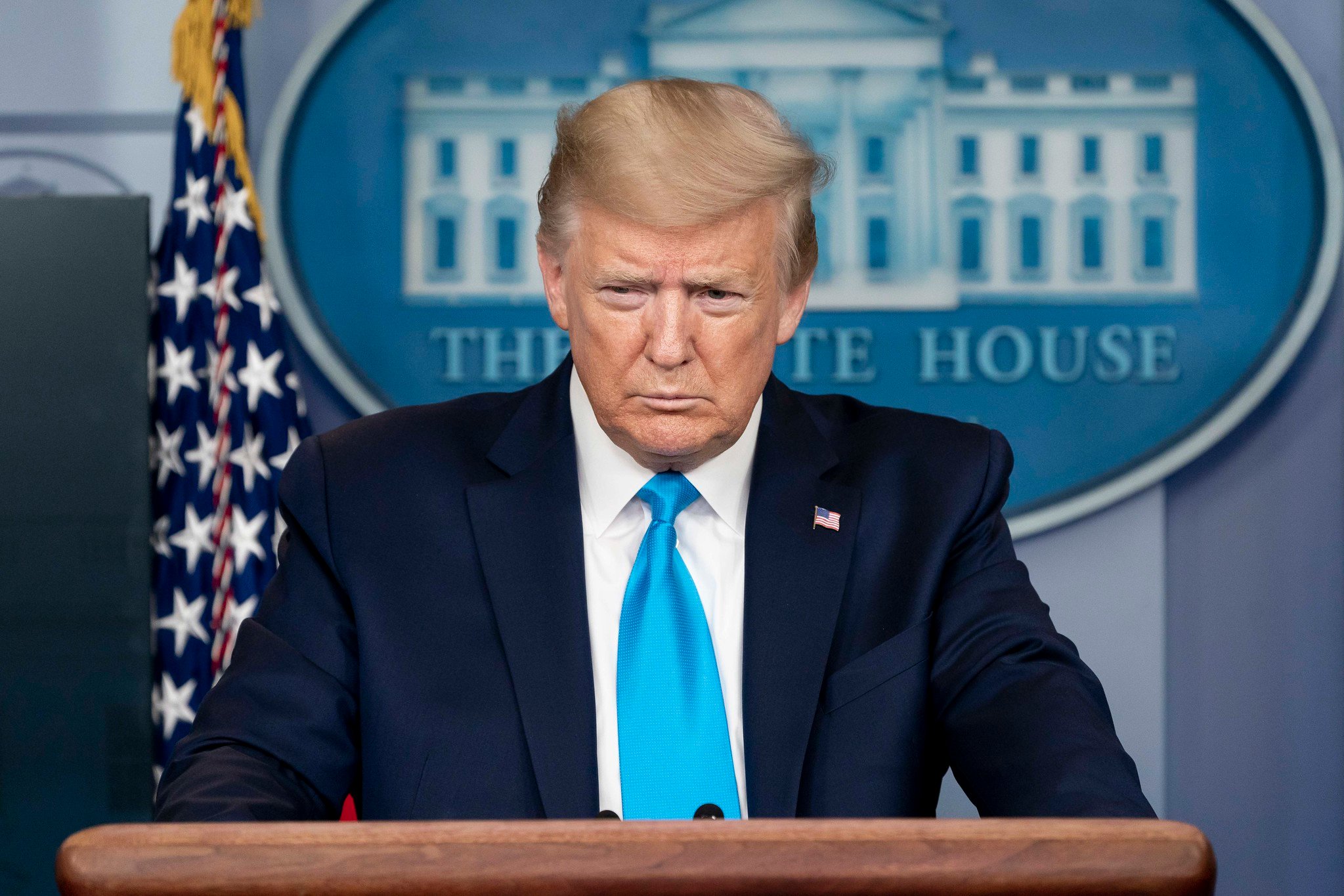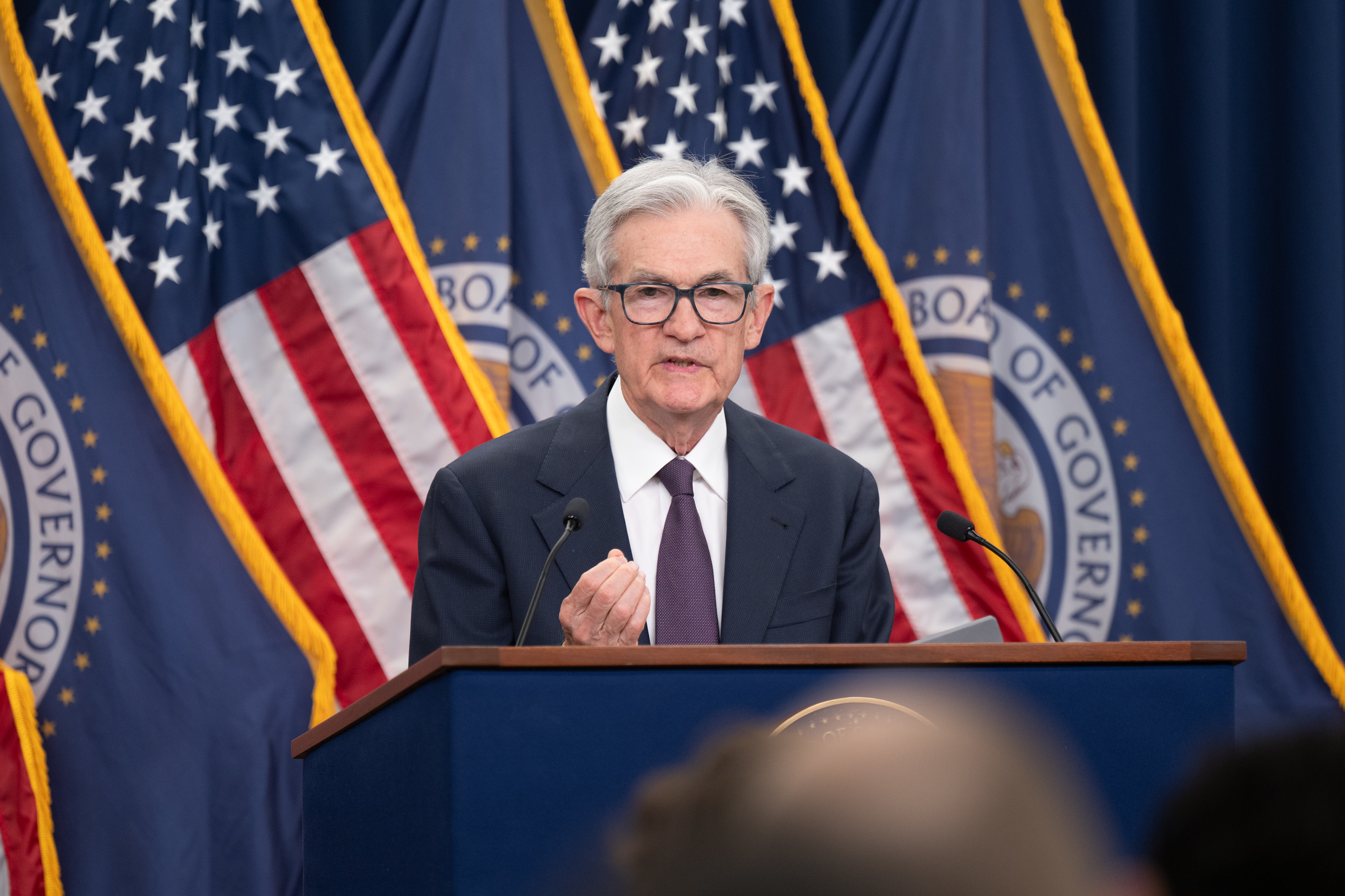President Donald Trump has made good on his promises from the campaign trail and issued sweeping tariffs that have now escalated into a full-blown trade war. The Trump administration issued 25% tariffs on select imports from Mexico and Canada, and similar tariffs on goods from China have increased from 10% to 20%.
All three countries have vowed to respond in kind, and markets are reeling as a result. The S&P 500 (^GSPC 0.12%) is down 3.9% year to date, as of this writing, and it has given back the gains it enjoyed since Trump was elected in November.
Has the stock market priced in Trump's trade war? History offers a possible answer.
Looking back at Trump 1.0
President Trump also implemented tariffs during his first term, which eventually escalated into a trade war with China. The market reacted poorly at that time too, with stocks falling on most days when tariffs were announced, according to data from the National Bureau of Economic Research (NBER).
| Date | Order | Market Performance |
|---|---|---|
| 01-23-2018 | U.S. imposes tariffs on solar panels and washing machines. | 0.3% |
| 03-01-2018 | U.S. imposes tariffs on steel and aluminum. | (1.1%) |
| 03-22-2018 | U.S. imposes $60B in annual tariffs on China. | (2.4%) |
| 03-23-2018 | China imposes tariffs on 128 U.S. exports. | (1.9%) |
| 06-15-2018 | China imposes $50B in tariffs on U.S. goods. | (0.2%) |
| 06-19-2018 | U.S. imposes tariffs on $200B of Chinese goods. | (0.4%) |
| 08-02-2018 | China imposes $60B in tariffs on U.S. goods. | 0.5% |
| 05-06-2019 | U.S. increases tariffs by 25% on $200B of Chinese goods. | (0.4%) |
| 05-13-2019 | China increases tariffs on $60B of U.S. goods. | (2.5%) |
| 08-01-2019 | U.S. imposes 10% tariff on additional $300B of Chinese goods. | (0.9%) |
| 08-23-2019 | China imposes higher tariffs on soy and automobiles. | (2.5%) |
Data source: National Bureau of Economic Research. Market performance represented by value-weighted market portfolio from the Center for Research in Security Prices.
When you add up all 11 days in which Trump or China announced tariffs, the NBER found the market fell 11.5%, which amounts to a correction. However, keep in mind this data looks solely at the days when tariffs were announced and does not reflect the market's total performance during the period of tariff announcements. Between Jan. 23, 2018, and Aug. 23, 2019, the S&P 500 was roughly flat. And from the first day Trump took office to the last day of his first term, the market actually performed quite well, posting an average annual return of about 17%.
Has the trade war been priced in yet?
Most countries have said they will enact retaliatory tariffs. China, specifically, has ratcheted up its tone. "If war is what the U.S. wants, be it a tariff war, a trade war or any other type of war, we're ready to fight till the end," China's embassy said on X, according to BBC.
If you look at the table above, you'll notice the biggest daily drops occurred when China imposed its own tariffs. If the trade war continues, there could be even more pain in store for the stock market. However, Trump could strike some kind of trade agreement with China, Mexico, and Canada, but he seems more likely to go through with the tariffs, at least in the near term.
For one, tariffs were a big part of his campaign, so he is fulfilling a promise to voters. The President may also prefer any economic fallout from the tariffs happen early in his second term, well before midterm elections in 2026.
The risk, of course, is that things don't go as planned, and the effects of the trade war last longer than expected. After all, the economy and stock market can be unpredictable and difficult to control.
Amid this uncertainty, the S&P 500 likely has further to fall, but this is no reason to panic. As you can see from the NBER data, this near-term volatility will not necessarily dictate what happens to the stock market for the rest of 2025, let alone the remainder of Trump's second term and beyond.






